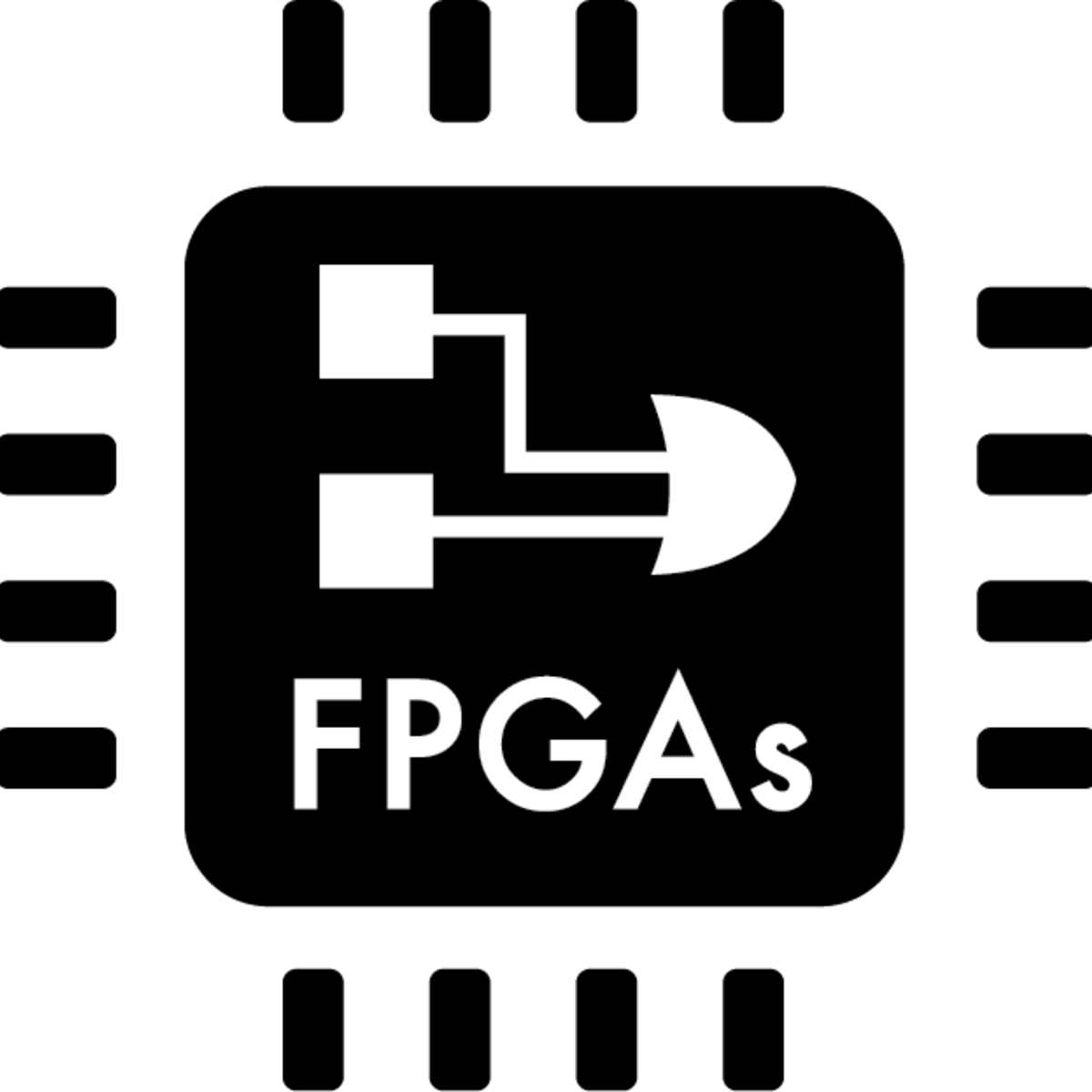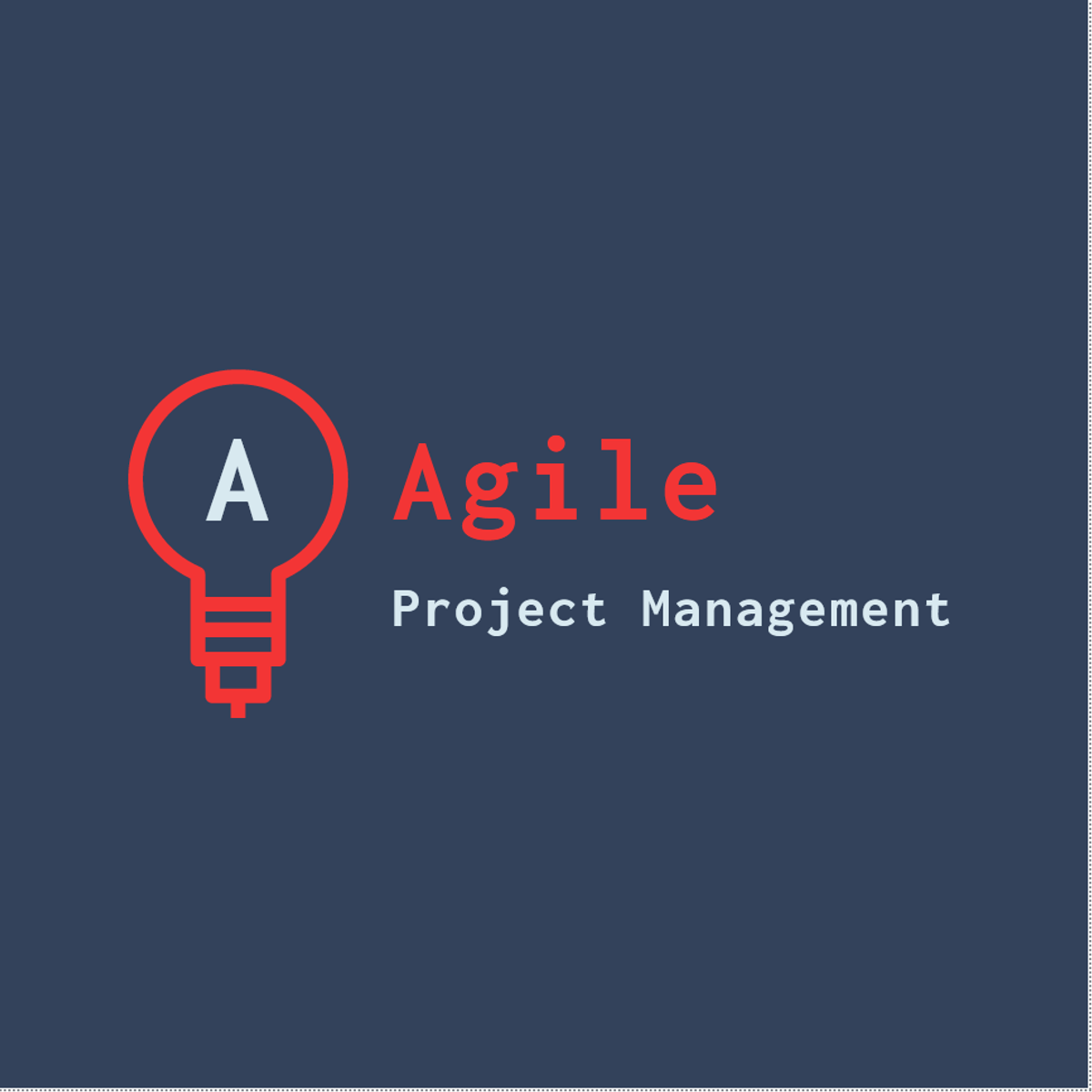Back to Courses









Computer Science Courses - Page 13
Showing results 121-130 of 2309
Mathematics for Computer Science
“Welcome to Introduction to Numerical Mathematics. This is designed to give you part of the mathematical foundations needed to work in computer science in any of its strands, from business to visual digital arts, music, games. At any stage of the problem solving and modelling stage you will require numerical and computational tools. We get you started in binary and other number bases, some tools to make sense of sequences of numbers, how to represent space numerical using coordinates, how to study variations of quantities via functions and their graphs. For this we prepared computing and everyday life problems for you to solve using these tools, from sending secret messages to designing computer graphics.
If you wish to take it further you can join the BSc Computer Science degree and complete the full module ‘Numerical Mathematics’.
Enjoy!”

Build a Web App using React and Redux
By the end of this project, you will Build a Web App using React and Redux.
For the Flux architecture implementation, we will be using React-Redux, since that is the recommendation from the authors of Flux. Creating a Web App using Redux simplifies state management by enforcing a unidirectional flow through the application.

Engineering Practices for Building Quality Software
Agile embraces change which means that team should be able to effectively make changes to the system as team learns about users and market. To be good at effectively making changes to the system, teams need to have engineering rigor and excellence else embracing change becomes very painful and expensive.
In this course, you will learn about engineering practices and processes that agile and traditional teams use to make sure the team is prepared for change. In additional, you will also learn about practices, techniques and processes that can help team build high quality software. You will also learn how to calculate a variety of quantitative metrics related to software quality.
This is an intermediate course, intended for learners with a background in software development. To succeed in the course, you should have experience developing in modern programming languages (e.g., Java, C#, Python, JavaScript), an understanding of software development lifecycle models, familiarity with UML diagrams (class and sequence diagrams), and a desire to better understand quality aspects of software development beyond program correctness.
At the end of this course, you will be able to comfortably and effectively participate in various techniques and processes for building secure and high quality software.

Linux Basics: The Command Line Interface - 6
This course will introduce you to Linux, a powerful operating system used by most professional developers!
Why add Linux to your C programming skills? Most people use Linux without knowing it! Whether you use a smartphone, search the web, or use an ATM, each time Linux is involved somewhere in the background. It is the most used operating system for embedded devices and high-performance servers. It is also the most common operating system used by developers to create software applications.
In this course, you will learn the history of Linux and how its open source community was able to create today’s most advanced operating system. You will navigate the file system, use fundamental Linux commands and master the Linux command line interface. These are essential skills for every developer.
You will also be able to produce software written in C using the industry-standard tools on Linux.
We are excited to introduce you to Linux and guide you along your path to becoming a skilled user of this powerful operating system!
At the end of this short course, you will reach the sixth milestone of the C Programming with Linux Specialization, unlocking the door to a career in computer engineering.
Your job Outlook:
- Programmers, developers, engineers, managers, and related industries within scientific computing and data science;
- Embedded systems such as transportation, utility networks, and aerospace;
- Robotics industry and manufacturing;
- IoT (Internet of Things) used in smart homes, automation, and wearables.
- IEEE, the world’s largest technical professional organization for the advancement of technology, ranks C as one of the top programming languages of 2017 in demand by employers. (Source: IEEE Spectrum)
This course has received financial support from the Patrick & Lina Drahi Foundation.

How to create an API request using Postman
In this 1-hour long project-based course, By the end of this project, you will have learned how to use Postman for API requests. You will accomplish this by first being introduced to Postman and what the benefits of the application are. Next, you will use Postman to call a Resting API. After this, you will create a running request for your API. Lastly, you will learn to analyze the response from Postman.
Note: This course works best for learners who are based in the North American region. We’re currently working on providing the same experience in other regions.

Spatial Data Science and Applications
Spatial (map) is considered as a core infrastructure of modern IT world, which is substantiated by business transactions of major IT companies such as Apple, Google, Microsoft, Amazon, Intel, and Uber, and even motor companies such as Audi, BMW, and Mercedes. Consequently, they are bound to hire more and more spatial data scientists. Based on such business trend, this course is designed to present a firm understanding of spatial data science to the learners, who would have a basic knowledge of data science and data analysis, and eventually to make their expertise differentiated from other nominal data scientists and data analysts. Additionally, this course could make learners realize the value of spatial big data and the power of open source software's to deal with spatial data science problems.
This course will start with defining spatial data science and answering why spatial is special from three different perspectives - business, technology, and data in the first week. In the second week, four disciplines related to spatial data science - GIS, DBMS, Data Analytics, and Big Data Systems, and the related open source software's - QGIS, PostgreSQL, PostGIS, R, and Hadoop tools are introduced together. During the third, fourth, and fifth weeks, you will learn the four disciplines one by one from the principle to applications. In the final week, five real world problems and the corresponding solutions are presented with step-by-step procedures in environment of open source software's.

Hardware Description Languages for FPGA Design
This course can also be taken for academic credit as ECEA 5361, part of CU Boulder’s Master of Science in Electrical Engineering degree.
Hardware Description Languages for Logic Design enables students to design circuits using VHDL and Verilog, the most widespread design methods for FPGA Design. It uses natural learning processes to make learning the languages easy. Simple first examples are presented, then language rules and syntax, followed by more complex examples, and then finally use of test bench simulations to verify correctness of the designs. Lecture presentations are reinforced by many programming example problems so that skill in the languages is obtained. After completing this course, each student will have fundamental proficiency in both languages, and more importantly enough knowledge to continue learning and gaining expertise in Verilog and VHDL on their own.

Agile Projects: Develop Product Wireframe Prototypes in Miro
By the end of this guided project, you will be fluent in creating wireframe porotypes for Agile projects based on previous project phases. This will enable you to map the product features and add value to how the customer/user will experience the product or service. You will learn how to encapsulate the needs and wants of the customer persona in the product.
This is essential for generating positive results for your business venture. Furthermore, this guided project is designed to engage and harness your visionary and exploratory abilities. You will use proven models in Agile Project Management with Miro to shape the development roadmap of products and services.
We will practice critically how Epics, User Stories, Personas, and Customer journey phases become valuable input for creating functionality for products and services.
Please see the guide for creating a free account with Miro in the Resources section.
Getting Started with SAS Programming
This course is for users who want to learn how to write SAS programs to access, explore, prepare, and analyze data. It is the entry point to learning SAS programming for data science, machine learning, and artificial intelligence. It is a prerequisite to many other SAS courses.
By the end of this course, you will know how to use SAS Studio to write and submit SAS programs that access SAS, Microsoft Excel, and text data. You will know how to explore and validate data, prepare data by subsetting rows and computing new columns, analyze and report on data, export data and results to other formats, use SQL in SAS to query and join tables.
Prerequisites:
Learners should have experience using computer software. Specifically, you should be able to understand file structures and system commands on your operating systems and access data files on your operating systems. No prior SAS experience is needed.

Getting started with Flutter Development
This is a self-paced lab that takes place in the Google Cloud console.
Build and edit a Hello World Flutter application using a Code Server development enviornment.
Popular Internships and Jobs by Categories
Browse
© 2024 BoostGrad | All rights reserved


